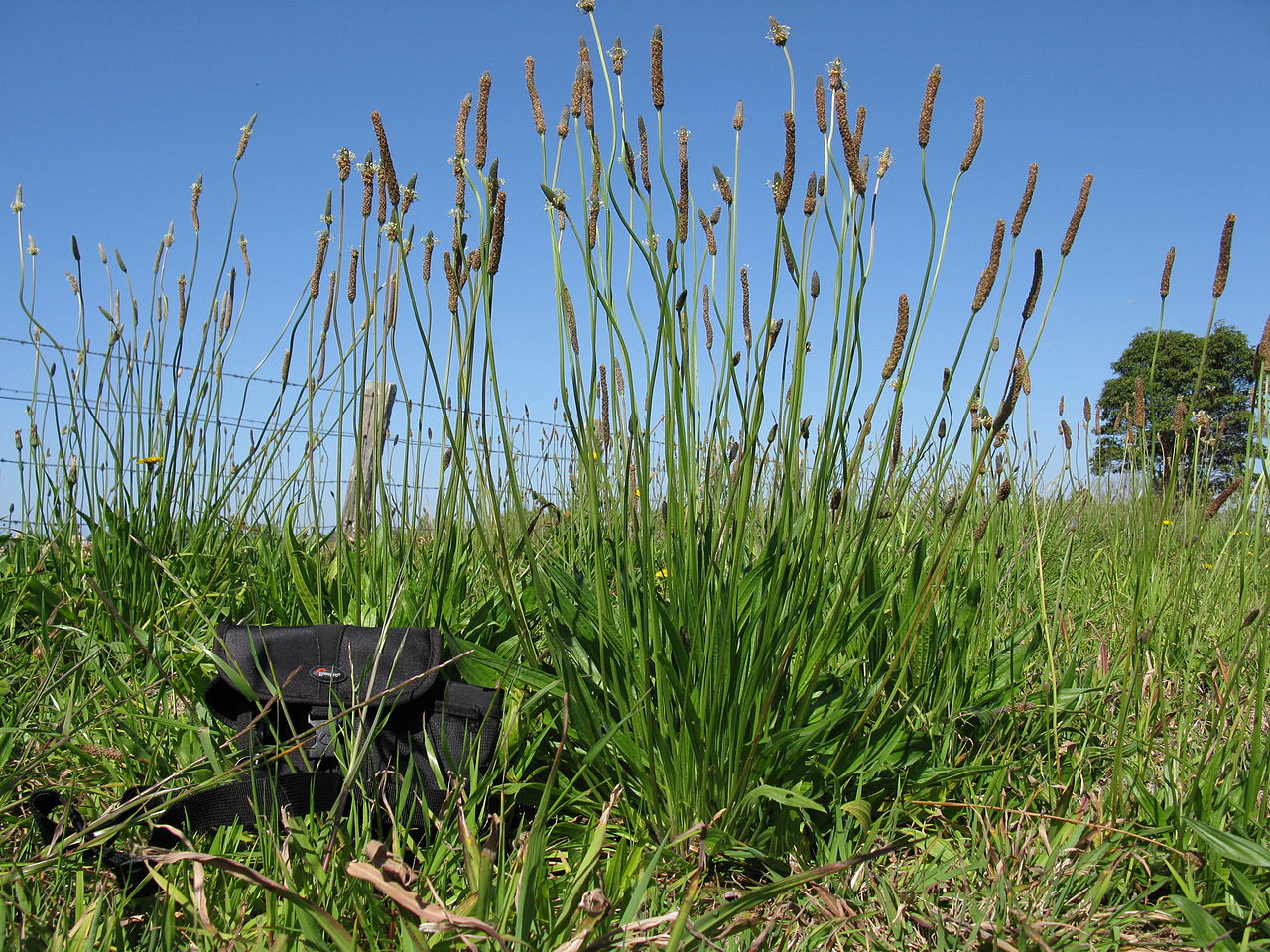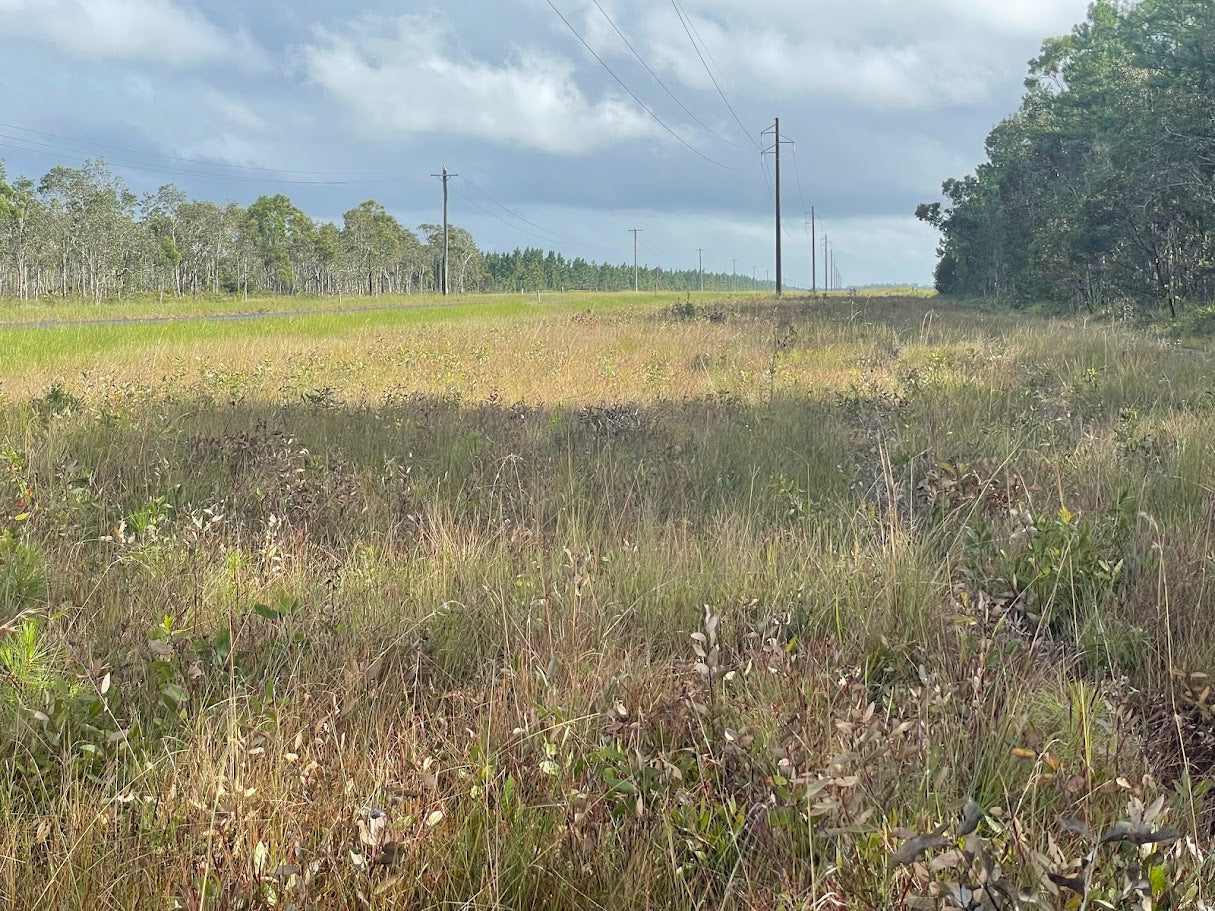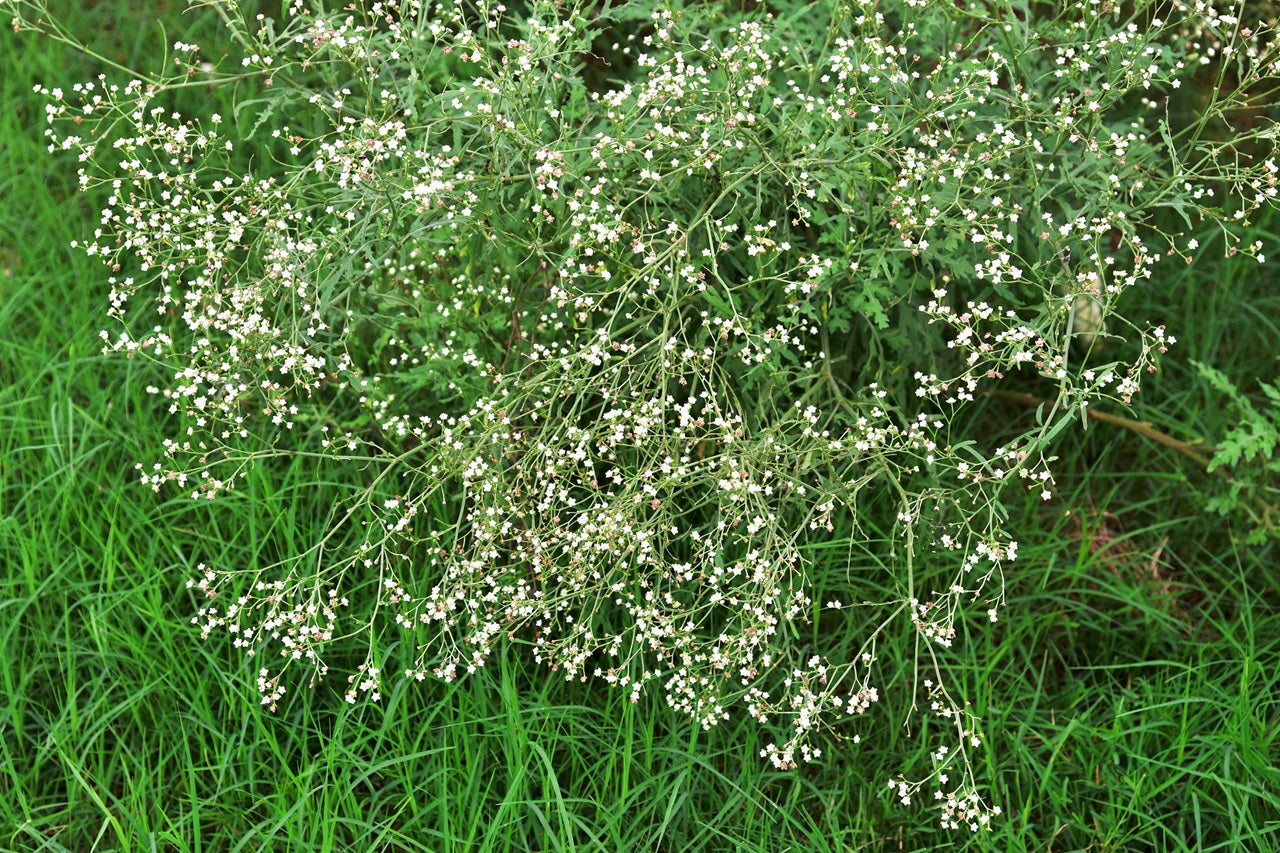
Foliar Herbicide Application Techniques for Weed Control
The herbicide application technique that delivers the best weed control solution will depend on the specific weed species being managed. It is important to accurately identify the target plant. This not only aids in selecting the appropriate herbicide but also ensures the adoption of the right application technique.
Explore our Weed Identification Page for common weeds within Australia.
Types of Foliar Applications
Foliar applications are the most common method of herbicide application. This method involves using a suitable herbicide sprayer to directly apply the chemical onto the leaves of target plants. There are various foliar application methods, including:
-
Low volume spraying
-
High volume spraying
-
Boom spraying
-
Over spraying
-
Splatter gun applications
Low Volume Spraying
This method uses low pressure equipment such as pneumatic knapsack sprayers or sprayers operated by a 12-volt pump. It is a close-range foliar treatment that minimises drift and allows for good coverage of the undesirable species.
Low volume spraying is suitable for lower growing plant species and grasses. You can treat weeds in any type of terrain that is accessible by foot with this method. The method is good for spot spraying using knockdown and selective herbicides. The efficacy can be increased with the use of an appropriate adjuvant.
High Volume Spraying
This method of foliar application is where a substantial volume of herbicide solution is applied using engine-powered pumps. Hoses are connected to the pumps and deliver the solution to handguns at a higher pressure. It is most effective for managing extensive infestations, controlling larger weeds, including small trees, and when spraying over water areas.
This approach allows for spraying from a greater distance compared to the low volume method. However there is a greater potential for spray drift, which raises the risk of off-target damage.
High volume spraying ensures comprehensive coverage of the undesirable species. The herbicide is quickly absorbed by the plants. Rain fastness is achieved within a few hours, adding to its effectiveness.

Boom Spraying
Ground boom spraying applications are suitable for large infestations of low growing weeds. Areas such as pastures, crop fields and turfed areas are ideal for boom spraying.
This method uses a multi-nozzle boom set up on either a utility vehicle, tractor or purpose-built spray rig. There are numerous different set up styles. Important factors to consider with boom sprayer set up include:
-
Nozzle size selection
-
Boom length
-
Boom height
-
Ground travelling speed
-
Shrouded or unshrouded
Boom spraying applies the herbicide to the entire area being treated. Product selection is of the utmost importance to prevent off target damage.
Accurate traveling speeds and coverage need to be maintained to ensure areas are not missed or over lapped. There are several methods used to ensure accurate applications. These include the use of GPS systems and foam markers or dyes in the herbicide solution.
Prevention and checking of nozzle blockages is essential to achieve full accurate coverage. The boom sprayer should also be properly calibrated to ensure correct application rates. Boom spraying is generally used with selective herbicides, pre-emergent and knockdown herbicides.

Over Spraying
This method is applicable to large, dense infestations of plants such as lantana in natural areas. It involves spraying over the top of the infestation using a herbicide solution with a low volume large droplet spray.
Over spraying is mostly used with selective herbicides and occasionally knockdowns.
Splatter Gun
The splatter gun method involves applying low volume of concentrated herbicide mix to the foliage of plant. A specialised nozzle produces a solid stream of large droplets. The stream can be applied from a distance of 6 to 10 meters.
Only a small portion of the target weeds foliage needs to be covered. This minimises the risk of off-target damage. This method is a useful in areas with difficult access and mostly commonly used with selective herbicides. The use of a marker dye in the solution is often utilised with this method.
Wick Wiping
This application method is ideal for tufted grass weed control above either palatable pasture species or desirable turf species.
Wick wiping completed by soaking a rope, wick or pad in a non-selective knockdown herbicide. The wick is attached to a handheld unit or mounted on a vehicle such as an ATV, ute or tractor.
It is important that the wick is kept wet, but not dripping, with the herbicide solution. Dripping can lead to off target damage. The height of the wick needs to be set above the desirable vegetation. This technique is targeted and produces no spray drift and minimises herbicide use.
Effective weed control relies on selecting the right herbicide application technique based on the specific weed species and environmental factors. By choosing the right method and following best practices you can efficiently manage weeds while minimising environmental impact.
There are other application techniques not mentioned here and they will feature in separate blog soon!
Additional content
VIEW GWS' ADDITIONAL CONTENT TO LEARN MORE ABOUT THE WEED INDUSTRY

Water pH and the Performance of Weak Acid Herbicides
Weak-acid herbicides must remain in their non-ionised (acid) form to move efficiently through the plant cuticle. When spray water is too alkaline, the herbicide molecule becomes ionised.
Read more
Towards Modern Vegetation Management: Solutions for Australia’s Linear Infrastructure
Understanding the Changing Vegetation Challenge Vegetation management across Australia’s linear infrastructure corridors is becoming increasingly complex. Roads, rail corridors, gas pipelines, elec...
Read more
Case Study: Parthenium Weed Hygiene
Introduction: The Necessity of Weed Hygiene Management Australia’s vast expanses and diverse land uses, from grazing pastures and cropping zones to natural bushland and urban corridors are u...
Read more
